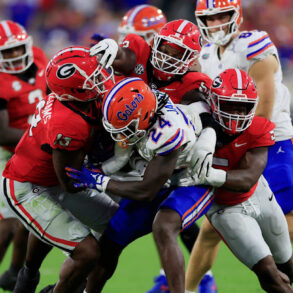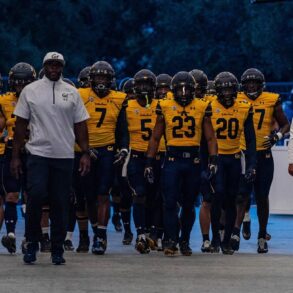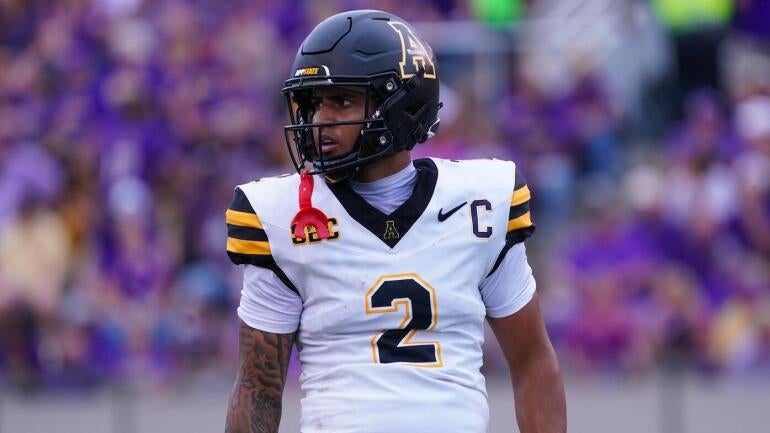
Of all the wide receivers who entered the transfer portal this offseason, there wasn’t a more productive one than Kaedin Robinson.
He recorded a combined 120 catches for 1,745 yards and 12 touchdowns over the last two seasons for Appalachian State. It looked like he’d be out of eligibility following the 2024 season, but then came the Diego Pavia blanket waiver the NCAA provided in December, which, at least in the confusion of the moment, seemed like it would give all JUCO players whose eligibility expired an extra season.
Robinson opted to enter the transfer portal soon after. He committed to UCLA on Jan. 12, providing the Bruins wide receiver corps with a jolt of experience.
But then the NCAA denied Robinson an extra season in March.
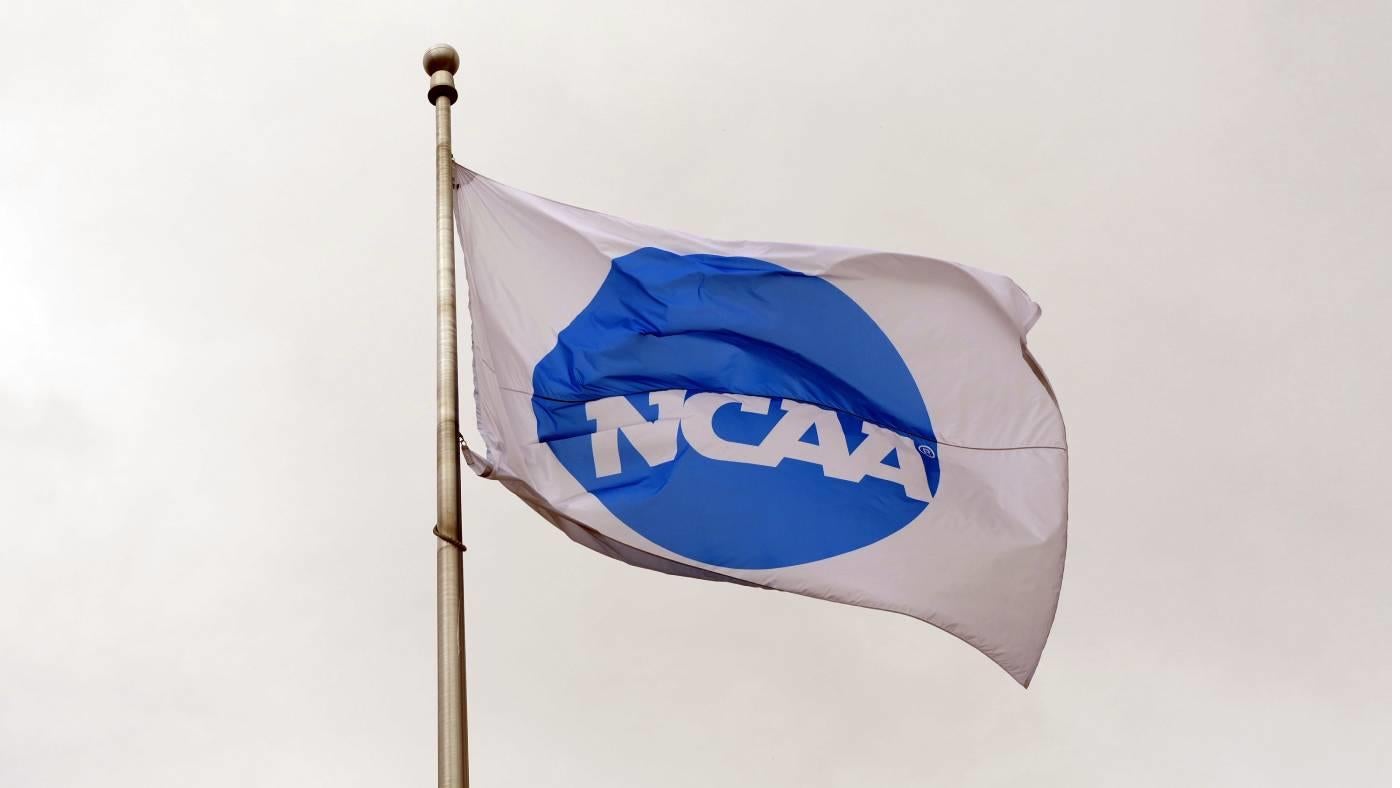
Now, Robinson’s career is in limbo as he attempts to work with the NCAA on his previously declined waiver appeal. A lawsuit over his eligibility is also a possibility, per his lawyer, Darren Heitner, who said UCLA is holding his spot if he’s deemed eligible.
“Unless the NCAA decides to reverse course, we’ll file a lawsuit,” Heitner said.
Robinson’s hang-up with the NCAA is tied to the NCAA’s determination that players in Pavia’s position do not have to count their JUCO year as a year of eligibility. However, the NCAA stated that players still must complete their careers within a five-year clock and conform with all other eligibility rules.
Robinson, who started his career in 2019 at a JUCO, would be utilizing a sixth full year in 2025; the 2020 COVID season was free for everyone.
But Robinson, like several other players across college football, continue to push for an additional year. Heitner also represents South Carolina running back Rahsul Faison, who is still going through the wavier process with the NCAA. Baylor wide receiver Ashtyn Hawkins, another player hoping to use the JUCO rule for an extra season, recently had his eligibility revoked after going through spring with the Bears.
There are several other players across the FBS — all with varying circumstances — pushing for additional seasons. It’s a landscape that remains murky even sixth months after the NCAA issued the blanket wavier.
The Pavia ruling is source of confusion
When a federal judge in Tennessee granted Pavia an injunction that allowed him to play the 2025 season, it led to a moment of confusion across college football.
The judge in Tennessee ruled that Pavia’s time in junior college should not count against his NCAA eligibility, because the eligibility rule is an anti-trust violation that limited his ability to make money from his name, image and likeness.
In response, the NCAA created a blanket waiver allowing all players in Pavia’s situation to play an extra year.
Simple right?
Not so much. A rush of players who played in JUCO entered the portal in the wake of the Pavia ruling, but several of them, like Robinson, ultimately were denied eligibility. There’s a reason for this, one that caused months of initial confusion until the NCAA sent out a Q&A, acquired by CBS Sports, to its membership in March outlining who qualifies for the Pavia blanket waiver:
“To qualify for the relief provided by the Board of Directors, a student-athlete must meet all other eligibility requirements, including the period of eligibility,” the Q&A read.
A-ha. The five-year eligibility clock. It mostly impacts players who began their careers in 2019. So, if somebody played JUCO ball in 2019 and 2020 before spending four years on the FBS level, they’d still be out of eligibility because they’d have lasted six years in college football, surpassing the five-year clock.
Pavia was granted the extra year because he played four straight seasons of football without a redshirt.
Why the Jett Elad ruling matters
While there have been several court challenges to the NCAA’s eligibility rulings in the wake of Pavia — some successful, some not — none of the lawsuits had specifically hit on the NCAA’s five-year clock.
That changed in late April when a court in New Jersey granted a preliminary injunction to Rutgers safety Jett Elad, who sued citing the Pavia ruling.
Elad, a 24-year-old transfer from UNLV, argued his JUCO season at Garden City — one of four schools Elad has attended in his career — should not count against his five-year eligibility clock. The judge agreed, noting that limiting athletes to four seasons is an issue under anti-trust law.
It’s the first time a judge specifically ruled on the five-year window.
“Now that Elad had success on that I think you’ll probably see more (lawsuits),” said Mitt Winter, a sports law attorney who has represented an athlete who sued for additional eligibility.
Elad joins Pavia and Wisconsin cornerback Nyzier Fourqurean, who challenged that his D-II season should not count against his eligibility, as those athletes who have been granted successful preliminary injunctions.
Others have not been as successful with losses in states such as North Carolina, Kansas and even Tennessee, where a baseball player (Alberto Osuna) lost while Pavia won.
“There’s law that can go either way,” Winter said. “I think it’s very judge-dependent right now. It’s a lot of luck of the draw.”
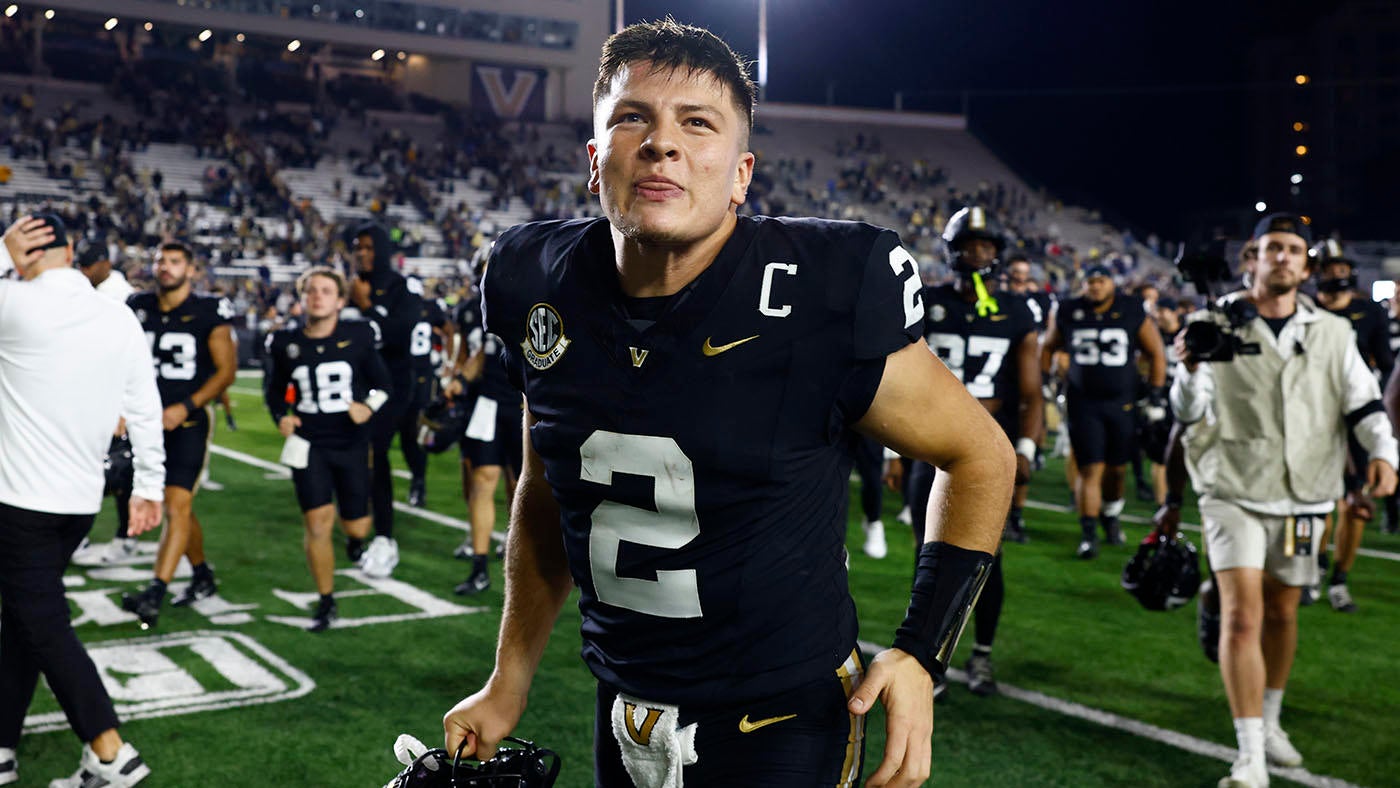
What’s next for those in limbo
CBS Sports reached out to South Carolina, Baylor and UCLA asking for clarification on their player’s waiver processes. South Carolina and Baylor both declined to respond citing the ongoing cases with the NCAA. UCLA did not respond.
For those like Robinson, the hope is a ruling in a case like Elad’s will force the NCAA to reconsider its position (the NCAA has taken a consistent stance on eligibility this offseason, choosing to appeal the Pavia and Elad rulings).
“We’re fighting it as Elad did,” Heitner said. “The NCAA has decided to appeal Pavia and Elad. But we have some comfort because Pavia and Elad have had success before us.”
South Carolina coach Shane Beamer addressed Faison’s situation in May:
“It’s getting frustrating,” Beamer said. “The fact that (the NCAA has) had everything that they needed from us since January and we don’t have an answer is frankly disappointing. … We’ve given them everything they needed back in January. They asked for more. We gave them what they needed. They asked for more. We gave them what they needed. We’ve been in contact with other schools that he was to get stuff from them that (the NCAA) needed.”
There are other lawsuits to monitor, too.
Tennessee basketball guard Zakai Zeigler filed a lawsuit in May against the NCAA alleging he’d been “arbitrarily barred” from using his fifth season of eligibility after playing four years for the Vols.
If successful, Zeigler’s case would be groundbreaking, potentially setting a precedent that all athletes are allowed to play five seasons within a five-year eligibility window instead of just four.

Nevada wide receiver Cortez Braham Jr., who had 724 yards last season, remains in the transfer portal without a home because schools are unsure if he’ll be eligible. Barham says he should get an extra year due to his time in JUCO. His filing also contends Nevada refused to file a waiver on his behalf.
Braham’s argument is linked to Pavia, but it’s not a one-to-one situation. Instead, Braham is arguing his second season of JUCO shouldn’t count because while he had the grades to graduate from Hutchinson Community College in the spring of 2021, his grades fell short of the NCAA’s requirement to transfer to a Division I school.
Braham’s agent, Jakobi Jones of Atlas Empower, told CBS Sports that a four-year to four-year transfer requires just a 2.0 GPA while a JUCO player transferring up needs a 2.5 GPA. That difference could potentially cost Braham $350,000-550,000 in NIL money, Jones says.
That’s why Braham filed a lawsuit in Nevada against the NCAA two weeks ago.
“We think he should have an extra year based on the circumstances in which his clock continued to go on when he started in JUCO but couldn’t move up to Division I in 2021 because his GPA didn’t meet NCAA requirements but met JUCO’s to move on,” Jones said. “So, the NCAA bylaws are anticompetitive. And he only played two complete Division I years out of his five-year clock when kids like Jett Elad have actually played four-plus years and Cortez has not, so the ruling should be fair across the board.”
It’s all part of a murky college football eligibility landscape.
Standout players for Power Four schools remain in limbo entering the summer as the schools and the players alike attempt to navigate a system that’s constantly on the verge of a court challenge or a rule change.
“There have been a lot of rumors about the NCAA providing a blanket fifth year for everybody,” Heitner said. “Those are just rumors. I haven’t heard of any actual draft legislation or that it would impact those who have now lost their eligibility. So it’s hard to game plan with (the NCAA), particularly with hardship waivers, because even there it’s what the NCAA deems to be true hardship that necessitates and extra year versus what doesn’t.”
This post was originally published on this site be sure to check out more of their content.




